Do you know that there are no high-end processors, nor entry-level or even mid-range ones? The difference lies in the base frequency, number of cores, cache size, and thread count. However, the key factor is the boost frequency. No matter which processor level you choose, boosting the frequency is essential. But why is this the case?

What Is the Role of Boost Frequency?
Whether it's Intel or AMD, Turbo Boost or Precision Boost is a dynamic way to increase clock speed. This boost frequency mainly enhances single-core performance.
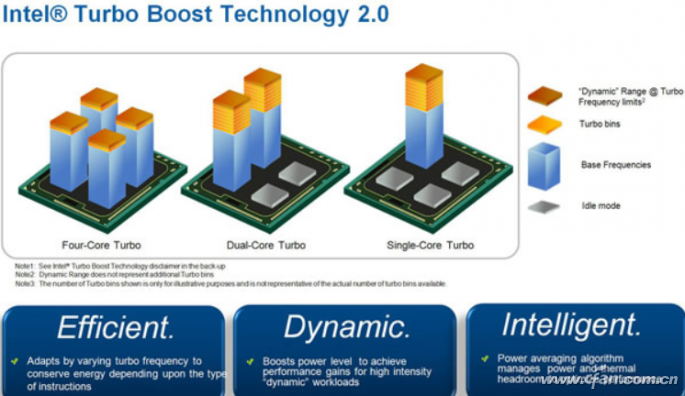
Boost frequency improves single-core and dual-core computing power, especially for software that doesn't fully utilize multiple cores. These applications rely on higher frequencies to improve efficiency. In cases where hyper-threading isn’t effective, boosting the clock speed becomes crucial. That’s why even entry-level processors don’t lack this feature, despite having fewer cores and no hyper-threading.
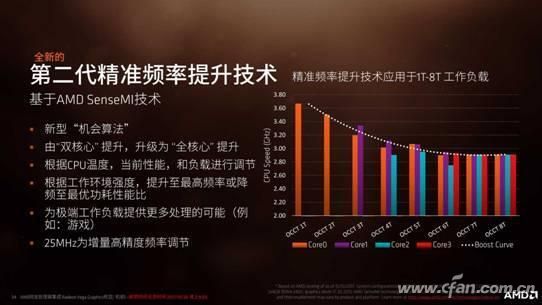
In fact, boost frequency is like an automatic overclock. You don’t need to enter the BIOS to adjust voltage or frequency manually. The CPU automatically decides when to boost based on workload, staying within thermal design limits. It can even disable idle cores when needed!
Hyper-Threading Is Not the Same as Boost Frequency
Many people confuse boost frequency with hyper-threading. They are two different technologies. Hyper-Threading (HT), first introduced on the Pentium 4 in 2002, allows a single physical core to act as two logical cores. This helps improve efficiency by enabling parallel processing, especially on multi-threaded systems. However, not all processors have HT—many entry-level models, such as the Pentium series, do not include it.
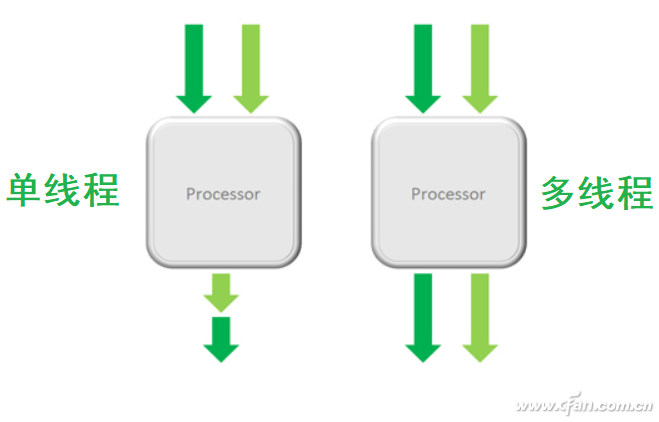
The main benefit of boost frequency is that it gives entry-level and mid-range processors good gaming performance. Many games only use up to two cores, so a high boost frequency can make these CPUs perform almost as well as high-end ones. Of course, this depends on the game itself and how it uses the CPU.
Recommended Processors for Different Needs
Intel Pentium G4600
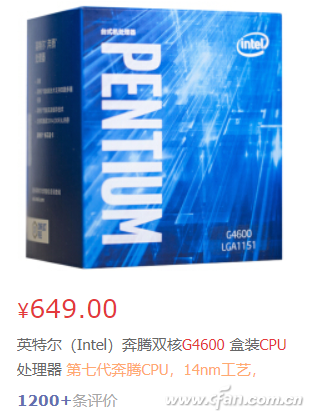
Reason: One of the most affordable entry-level CPUs. It offers solid performance, comes with integrated graphics, eliminating the need for a separate GPU, and supports budget-friendly 100-series motherboards.
AMD Ryzen 3 1200
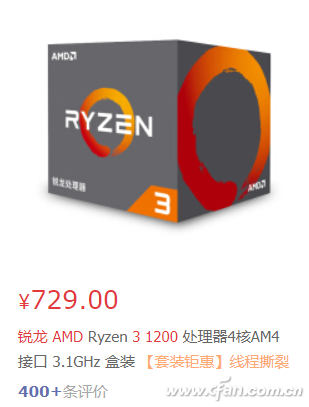
Reason: Great value for money. It works with AM4 motherboards that are reasonably priced, but you’ll need a dedicated graphics card. A good option for budget gamers.
Intel Core i3-8100 / i3-8350K
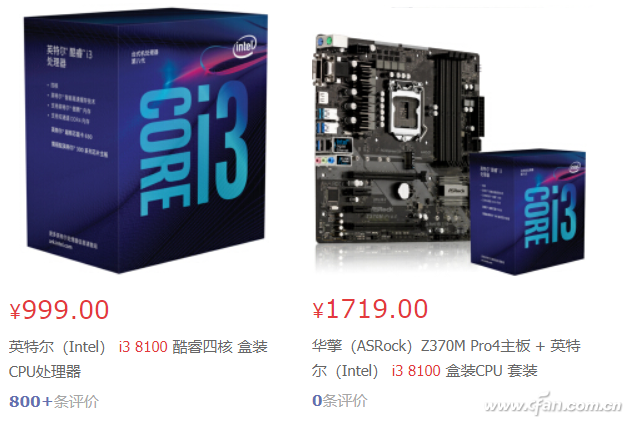

Reason: The i3-8100 delivers strong performance with a high base clock, though it's slightly more expensive. The i3-8350K stands out for its overclocking potential, offering excellent gaming performance that can rival mid-range CPUs.
Digital Timer Switch Sockets,Digital Timer Outlet,Plug-in Time Controller,Plug In Timers,Sockets with Timers
NINGBO COWELL ELECTRONICS & TECHNOLOGY CO., LTD , https://www.cowellsockets.com